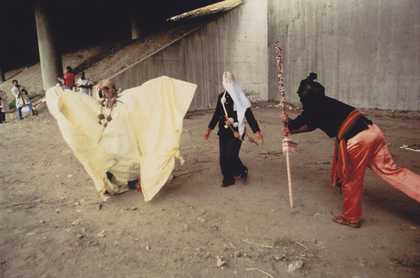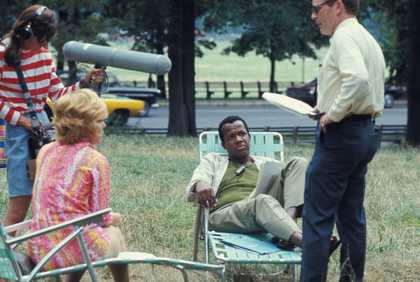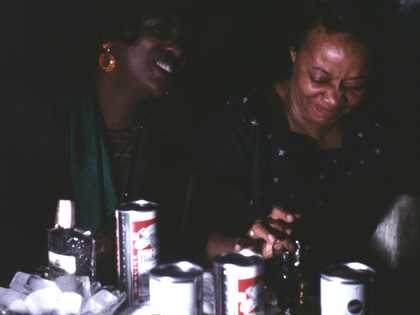In dialogue with şÚÁĎÉç’s Soul of a Nation: Art in the Age of Black Power exhibition, this two-screening programme explores experimental approaches to documentary in the films of four African American artists. Shot in Chicago, New York and Los Angeles between the mid 1960s and the early 1980s, the works in this series proposed new challenges to the traditions of Direct cinema, the filmic portrait, dance film and video essay. Navigating questions of performance, subjectivity, documentation and the creative process, these works initiate powerful dialogues between filmmaker andĚýsubject.
- Find out more and bookĚýHow it Feels to Be free: TakeĚýOne
- Find out more and book How it Feels to Be Free: A PortraitĚýStudy
The programme takes its title from Nina Simone’s jazz recording I Wish I Knew How It Would Feel To Be Free, produced the same year as the earliest film in this series. Simone’s version of the song came to serve as an anthem for the Civil Rights struggles, which provides potent context for the cultural and political climate inflecting these works. Each of the four films explores a different relationship to the loaded concept of freedom: it is explored thematically through choreography in Julie Dash’s Four Women 1975; through formal improvisation in William Greaves’ Symbiopsychotaxiplasm: Take One 1968; at the level of representation in Edward Owens’ Remembrance: A Portrait Study 1967; and through the creative process in Barbara McCullough’s Shopping Bag Spirits and Freeway Fetishes: Reflections on Ritual Space 1981. In developing their own experimental forms and languages, these films point to some of the key issues of representation taken up by Black artists in this era.
Ěý



